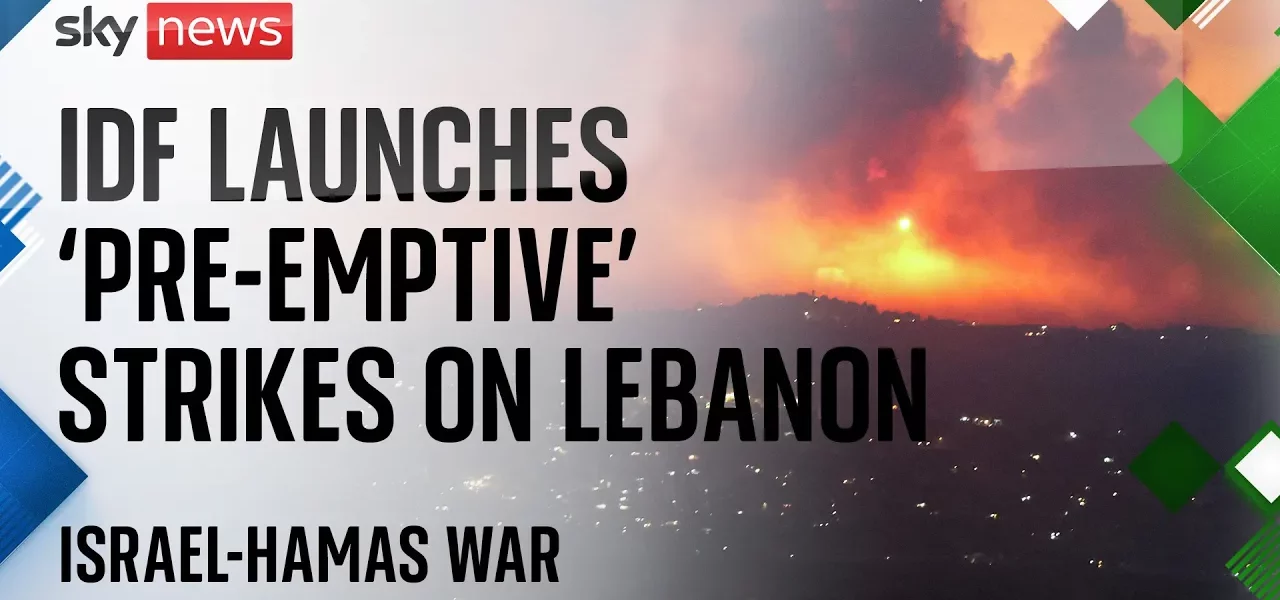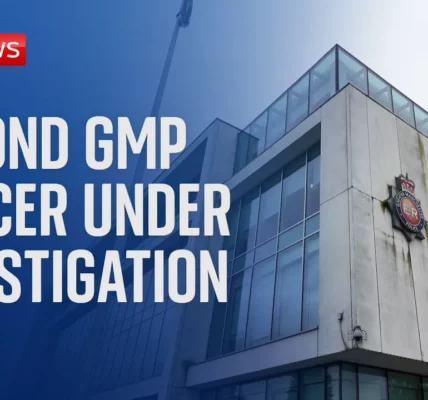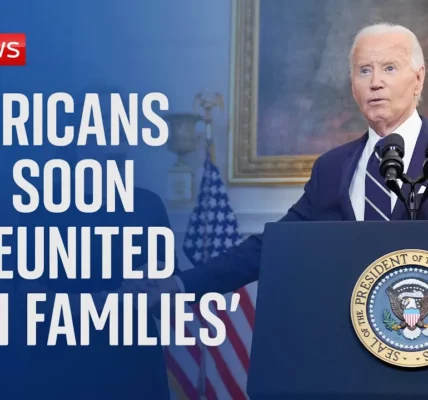Israel Launches Preemptive Strikes Against Hezbollah: A Comprehensive Analysis

This article delves into the recent military actions taken by Israel against the militant group Hezbollah, highlighting the context, motivations, and potential consequences of these escalated tensions in the region.
Introduction
On a recent night, Israel executed a series of preemptive military strikes against Hezbollah in Southern Lebanon. This action was characterized by the Israeli Defense Forces (IDF) as a self-defense response to an identified imminent attack from the militant group. This escalation follows a series of aggressive exchanges between Israel and Hezbollah, particularly after the assassination of a senior Hezbollah commander. The situation has raised significant concerns about the potential for a broader conflict in the region. This article aims to analyze the key events leading up to these strikes, the military responses from both sides, and the implications for regional stability moving forward.
Background of the Conflict
The conflict between Israel and Hezbollah has deep historical roots, often tied to broader geopolitical dynamics in the Middle East. Recent tensions have been exacerbated by:
- The assassination of Fuad Shukr, a prominent Hezbollah military commander.
- Increased rocket fire from Hezbollah into Israeli territory.
- Israel’s ongoing military operations against perceived threats from militant groups in Lebanon.
The situation escalated significantly after October 8, when over 6,700 rockets and missiles were reportedly fired towards Israeli communities, prompting Israel to intensify its defensive and offensive measures.
Details of the Recent Strikes
Motivation for the Strikes
The IDF stated that the recent strikes were necessary to thwart a planned extensive attack by Hezbollah involving rockets and drones. Intelligence reports indicated that Hezbollah was preparing to launch an assault on Israeli territory, specifically targeting civilian areas. The IDF’s proactive measures were aimed at preventing potential casualties and damage in Israel.
Execution of the Strikes
On the morning of the strikes, reports indicated that around 100 Israeli fighter jets were deployed, targeting approximately 40 locations in Southern Lebanon. The objectives were to dismantle missile launch sites and disrupt Hezbollah’s capacity to carry out attacks. Key operations included:
- Identification of launch sites based on intelligence.
- Coordinated airstrikes to minimize collateral damage.
- Activation of the Iron Dome defense system to intercept incoming missiles.
The effectiveness of these strikes was underscored by the fact that many of the projectiles launched by Hezbollah were reportedly intercepted, resulting in minimal damage within Israeli territory.
Reactions from Hezbollah and Israel
Hezbollah’s Response
In retaliation, Hezbollah launched drones and missiles towards Israel, framing their actions as a necessary response to avenge the assassination of their commander. This marked what they termed “Phase One” of their military strategy against Israel. Hezbollah’s narrative emphasized:
- Their commitment to defending Lebanese sovereignty.
- The portrayal of Israeli actions as aggression against Lebanon.
- The intent to maintain a continuous pressure on Israeli defenses.
Israeli Perspective
From Israel’s viewpoint, the preemptive strikes were a justified act of self-defense. Officials expressed that their military actions were crucial to ensuring the safety of Israeli civilians, especially in the northern regions. The Israeli government is currently evaluating its strategies:
- Assessing the effectiveness of the airstrikes.
- Considering future military operations based on the evolving situation.
- Engaging with international allies for support and strategic advice.
Implications for Regional Stability
The ongoing conflict poses significant risks for regional stability. Analysts have raised concerns about:
- The potential for escalating violence, drawing in other regional actors.
- The humanitarian impact on Lebanese civilians caught in the crossfire.
- The broader geopolitical ramifications, including shifts in alliances and military strategies among neighboring countries.
As ceasefire talks are set to commence, the outcomes remain uncertain. The interplay between military actions and diplomatic negotiations will be critical in determining the future trajectory of peace or conflict in the region.
Conclusion
The recent military engagement between Israel and Hezbollah highlights the fragile nature of security in the region. With both sides claiming victories in their respective narratives, the potential for further escalation remains a pressing concern. As the international community watches closely, the need for diplomatic solutions becomes increasingly urgent. We encourage readers to stay informed and engaged with the developments in this ongoing situation. For more detailed analyses on Middle Eastern conflicts, check out our related articles on regional security and international relations.
“`




